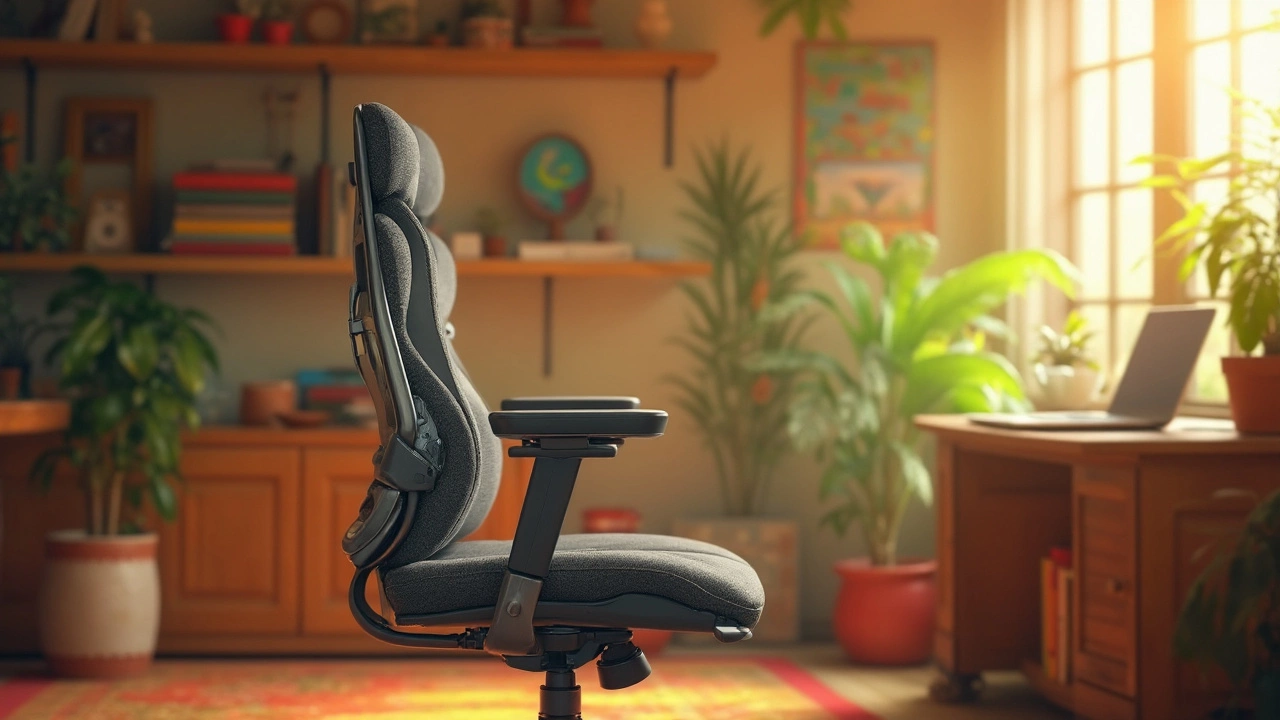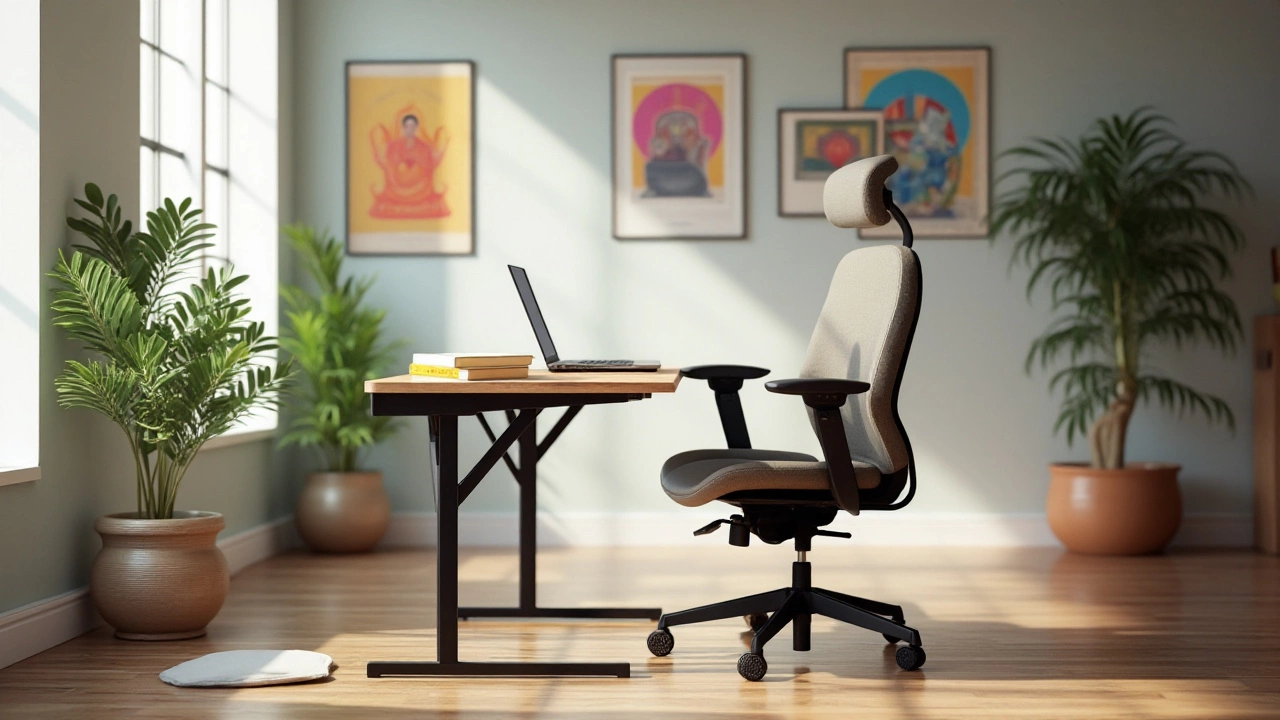Office Chair Guide: Pick the Right Seat for Your Workday
Spending hours at a desk can ruin your back if you sit on the wrong chair. The good news? You don’t need a fancy designer piece to stay comfortable. A solid office chair with the right adjustments can keep you pain‑free and focused.
What Makes a Chair Ergonomic?
Ergonomic means the chair works with your body, not against it. Look for a seat that lets you keep your feet flat on the floor, knees at a 90‑degree angle, and elbows close to your sides. Adjustable lumbar support is a must – it cradles the lower back where most people feel strain.
Seat depth matters too. You should be able to slide a few inches behind your knees without feeling cramped. If the chair has a headrest, make sure it supports the neck without forcing your head forward.
Materials and Build Quality
Mesh backs are great for breathability, especially in warm offices. Leather gives a sleek look but can get sticky in summer, so a leather‑look vinyl might be a better all‑year option. The base should be sturdy – steel or reinforced plastic works fine – and the wheels need to roll smoothly on your floor type. If you have carpet, look for larger wheels; for hardwood, smaller gliders protect the floor.
Check the weight capacity. Most office chairs handle 250 lb, but heavy‑duty models go up to 350 lb. A solid chair will keep its shape for years, saving you money in the long run.
Budget Tips and Where to Buy
You don’t have to blow your budget. Mid‑range chairs (around $150‑$300) often include the key ergonomic features: height adjustment, tilt lock, and lumbar support. Store‑brand options can be decent if you read reviews for durability.
Online marketplaces let you filter by price, material, and user rating. Look for free returns so you can test the chair at home. If you’re buying in a showroom, sit in a few models and notice how they feel after a short sit‑test – you’ll notice any stiffness right away.
Quick Setup and Maintenance
When you first get your chair, adjust the height so your eyes line up with the top of your monitor. Then set the tilt to a comfortable angle; most people prefer a slight recline of 100‑110 degrees. Lock the tilt when you’re typing and unlock it when you need a break.
Keep the chair clean. Wipe mesh with a damp cloth and use a leather conditioner on faux leather. Tighten any loose screws every few months – a wobble can mean wear and affect stability.
Wrap‑Up
Choosing the right office chair isn’t rocket science. Focus on ergonomics, material comfort, and a price point you can live with. A good chair boosts your posture, reduces fatigue, and makes long workdays feel easier. Start with these basics, try a few options, and you’ll find the seat that turns your desk into a comfortable workspace.
Best Chairs for Long Hours at Your Computer
Long hours in front of a computer demand a chair that supports both comfort and posture. Choosing the right office chair can make a huge difference in your daily productivity and long-term health. This article explores everything you need to know about finding the best chair for your computer workstation. Delve into design tips, ergonomic features, and what really matters when picking your perfect seat.
How to Pick a Good Office Chair
Choosing an office chair might seem simple, but there are some crucial factors to consider for your health and productivity. A good chair supports your posture, adapts to your body, and adds to comfort during long working hours. Check for adjustable features, high-quality materials, and proper lumbar support. Even a small difference can significantly impact comfort and health.
Office Chair vs. Desk Chair: Key Differences Explained
An office chair and a desk chair may seem interchangeable, but they serve distinct purposes in the workspace. Office chairs are designed with ergonomics in mind, offering support for longer hours, while desk chairs are often simpler, catering to shorter sitting times. This article explores their unique characteristics, highlighting aspects like adjustability and comfort. Understanding these differences can enhance your workspace setup for improved productivity and well-being.







